
Olaf Breuning's woodcut paintings and Edgar Orlaineta's sculptural forms at Carbon 12 Gallery | Video
The show embraces the essence of naturalism and developed material languages, through the works of Edgar Orlaineta and Olaf Breuning , and seeks to weave a narrative of hybridity and environmental consciousness.
ArtDayME: Carbon 12, a contemporary art gallery located on Alserkal Avenue, Dubai, has exhibited works by Edgar Orlaineta and Olaf Breuning in the "Yours or Mine" exhibition.
Embracing the essence of naturalism and developed material languages, the works of Edgar Orlaineta (b. 1972, Mexico) and Olaf Breuning (b. 1970, Switzerland) weave a captivating narrative of hybridity and environmental consciousness. Breuning's woodcut paintings serve as poignant reminders of the delicate balance between the beauty of nature and the harsh realities of human-induced climate change, while Orlaineta's sculptural forms, molded through biomorphic shapes and post-war design, invite introspection on the meditative process of handmade creations.
Throughout his artistic practice, Edgar Orlaineta has rigorously delved into studying the intersection between sculpture and design—the relationship between art, craft and the industrial. Two themes emerge from this node: humor and craftsmanship. Both belonging to the realm of absurd and making something insane, foolish, eccentric, curious, the artist has forged a recognizable and universal intimate language within his use of these crafty materials, especially wood, which he has claimed to have its own will and resistance.
In being situated within these themes, Orlaineta challenges the idea of the seriousness of art. For him, humor and craftsmanship are very serious in their unseriousness, and are an important part of his conceptual and spiritual commitment to his work. Craft is a way of approaching and conversing with his surroundings and craftsmanship is the moment and space where the object forms and gives life to an idea. Hands are an extension of the brain, a direct and uninterrupted connection from an idea to a tangible object.
The moment in which material is transformed into an (original) object is significant in that the process of transformation extends from the artist’s material to his body, mind and spirit. In this space knowledge is acquired and reality is altered and recreated. This space in which a craftsman undertakes his endeavor is neither dreamlike nor pastoral, but rather is one that constitutes an experienced reality: a place where desire becomes form.
Orlaineta’s sculptures offer a profound reflection on the meditative state essential to the handmade process. Serving as a gateway to the contemplative mind and channeling the synergy between the thinking body and the thinking hand. Within this space and time, an alternate reality unfolds, parallel to the accelerated pace of today's world.
Edgar Orlaineta does not necessarily take himself seriously. In that, humor has developed into a sort of rebellion that defies anything we do. It is deeply rooted within his practice in a way that is critical, transparent and honest and at the same time susceptible and vulnerable. Olaf Breuning operates in a similar capacity. Through his provocative yet playful imagery, Breuning invites viewers to confront the consequences of their actions on the environment. By depicting the impact of man-made luxuries in an abridged manner, he aims to convey a clear and accessible message about the environmental challenges we continue to face.
Olaf Breuning is an intense artist, often ironic, sometimes provocative, yet always rooted in the times in which he lives. His practice is an indicator of the present, with an eye towards the future. One notable aspect of Breuning's work is his choice of materials. By using naturally fallen tree trunks that have been carved away and formed into his desired shapes, he directly references the detrimental effects of human activity on the environment. This choice serves as a poignant reminder of the interconnectedness between human actions and the depletion of natural resources.
Breuning’s wood cut paintings depict various and direct references to nature. Clouds, rain drops, fire, bushes and trees are all recurring motifs in his compositions. His simple process of using woodblocks painted with acrylic paint then stamped onto canvasses reference the future and potential problems humans may face with nature. For Breuning, humans have created a world that is too fast paced for even us to keep up with. In that, he simplifies his process to make his visual language more direct. The symbolism employed becomes universal, and the colors used become vulnerability expressed.
The use of nature in the works not only enables the works to talk about nature but provokes viewers to reconsider their relationship with nature: how we use it, how we control it and in contrast, how it controls us. Delving into these ideas of environmental impact of human-made luxuries through this simplified approach, Breuning creates a striking divergence between the beauty of nature and the harsh realities of climate change caused by civilization's continuous evolution.
Both artists use material in different ways, however, they intertwine in a direction that signifies the merging of different artistic approaches and concepts, inviting viewers to contemplate the interplay between design, nature, and sustainability. As their practices converge, viewers are invited to explore the interconnectedness of the human experience and the natural world, contemplating the consequences of our actions on the environment while celebrating the expressive power of materiality and the fascination within hybrid artistic expressions.

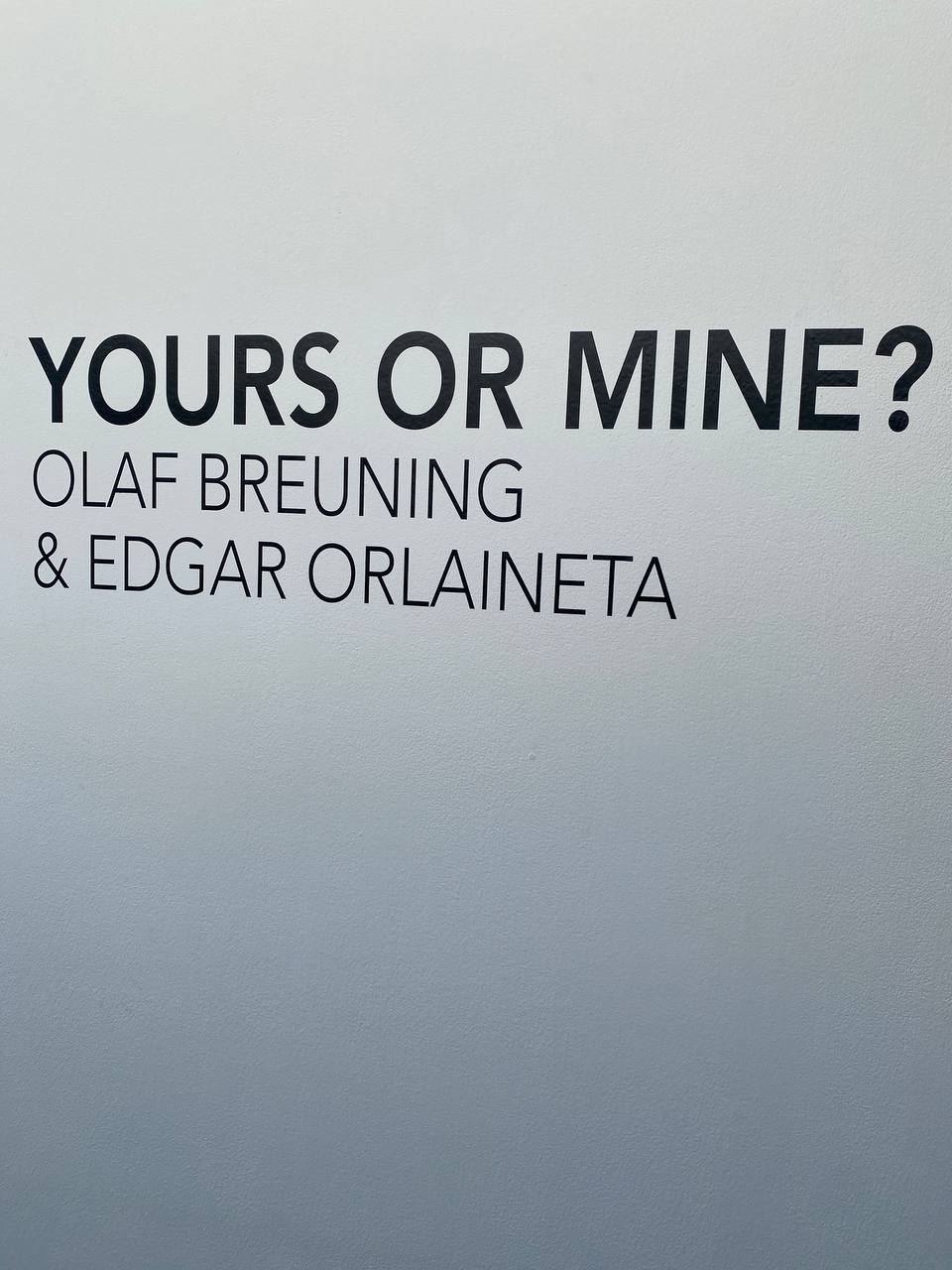

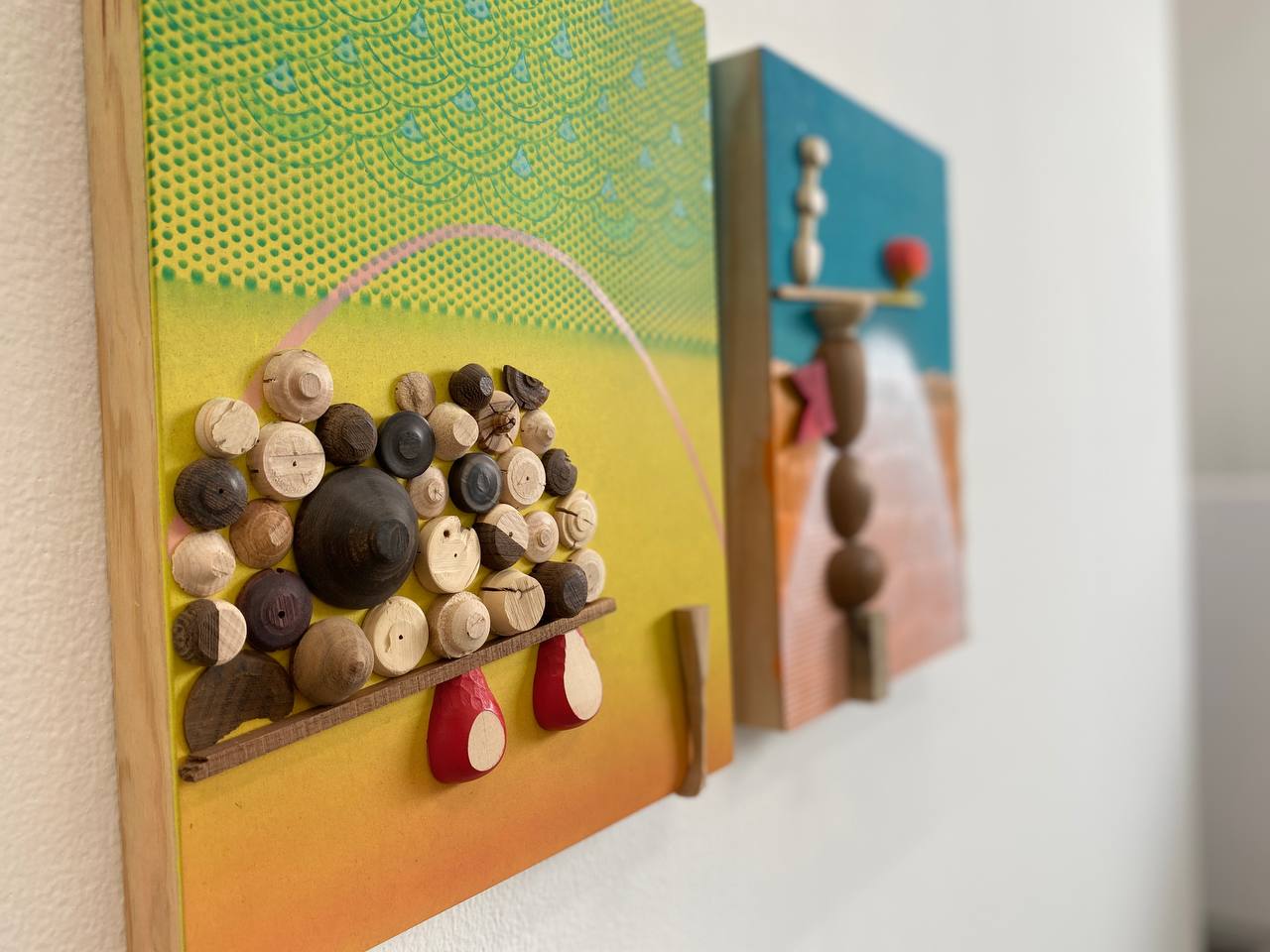

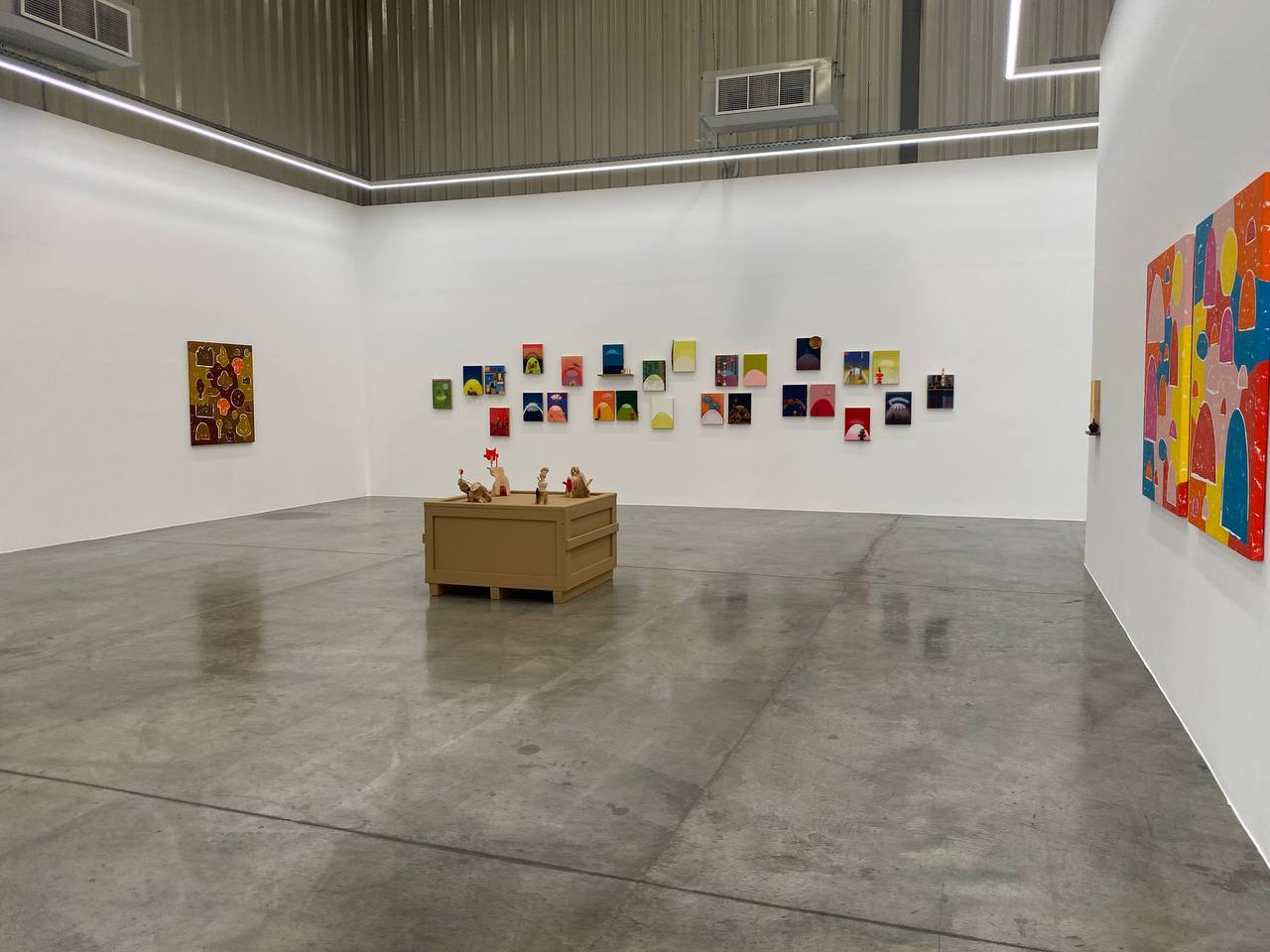
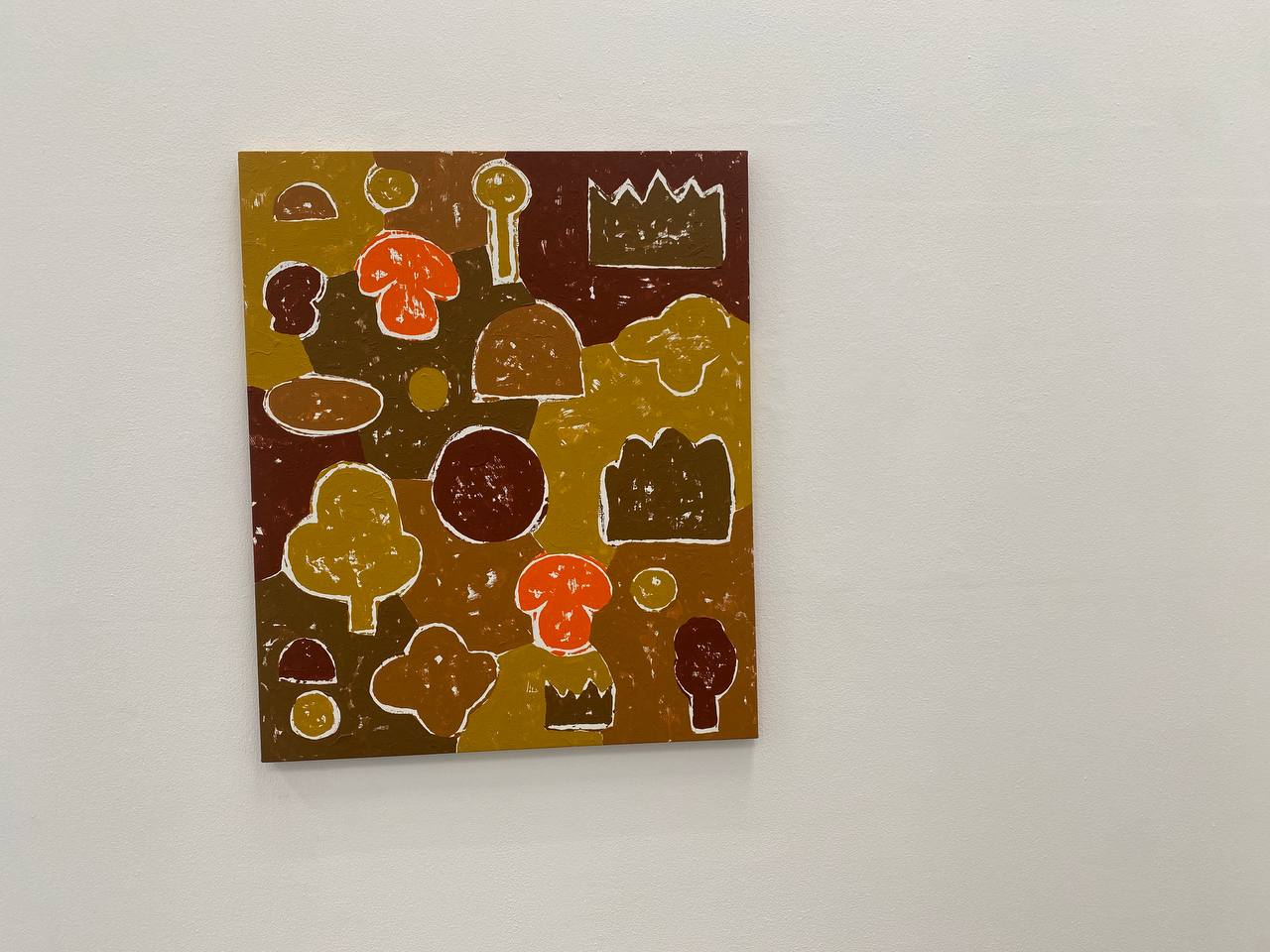
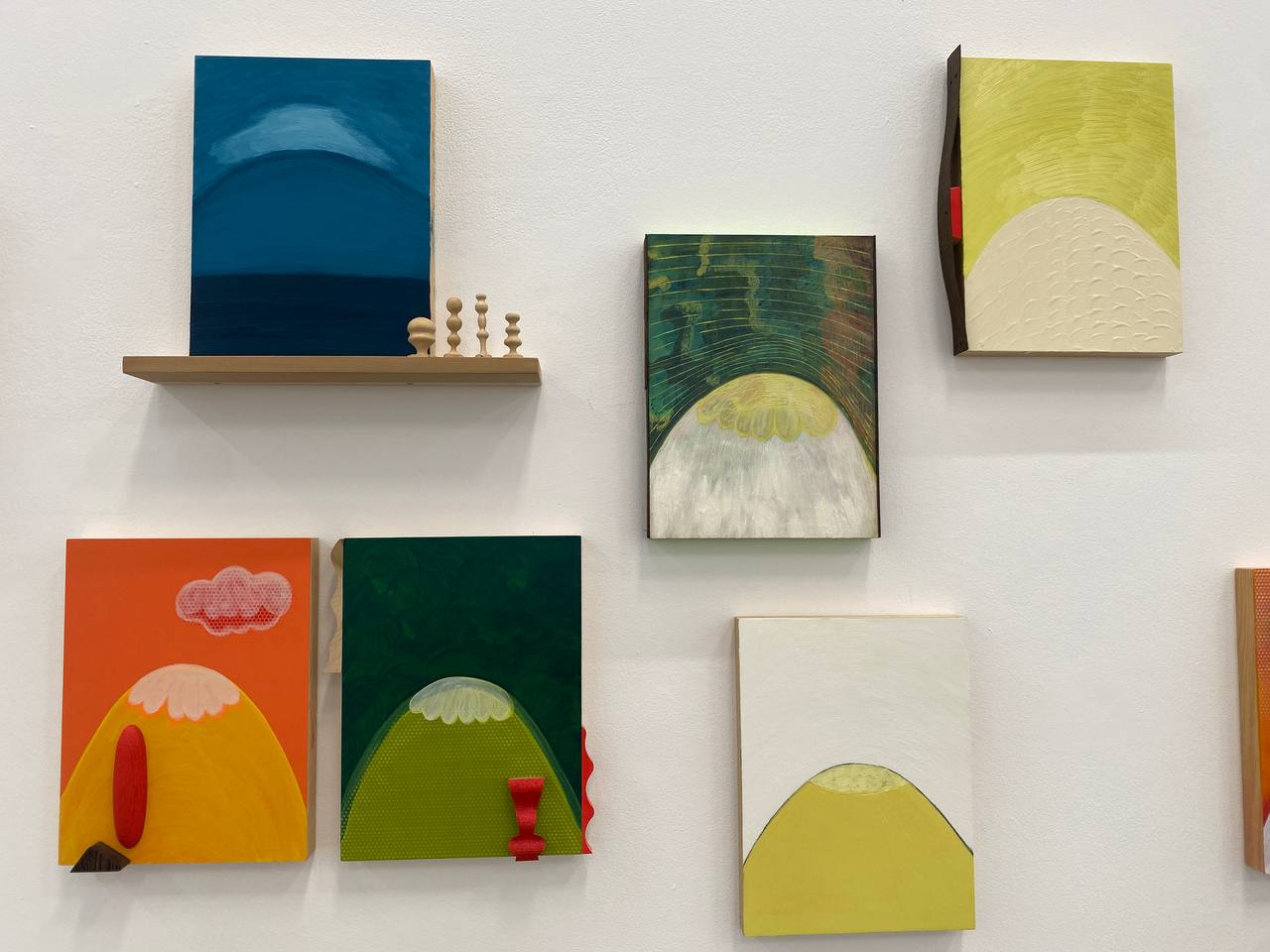

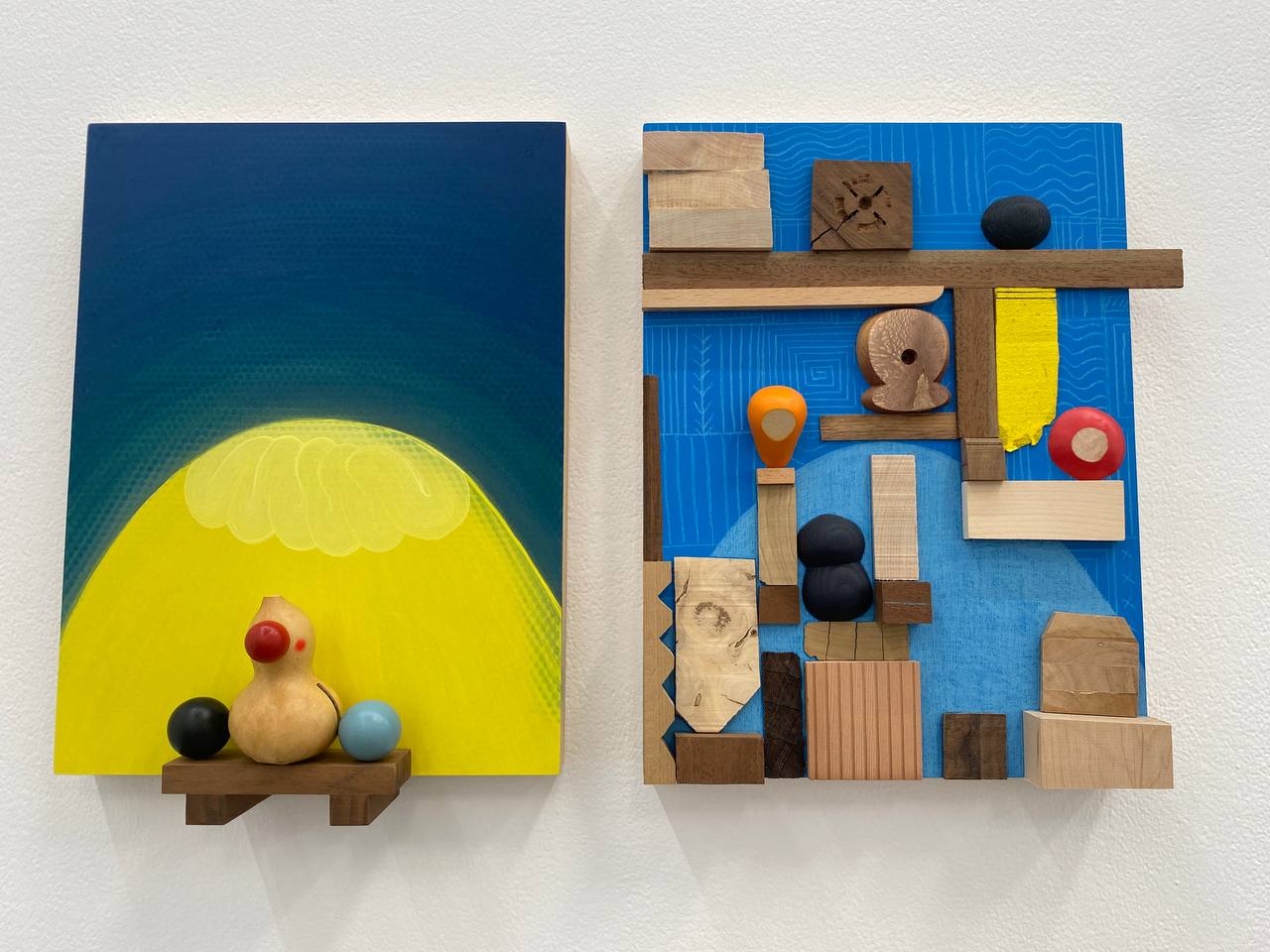
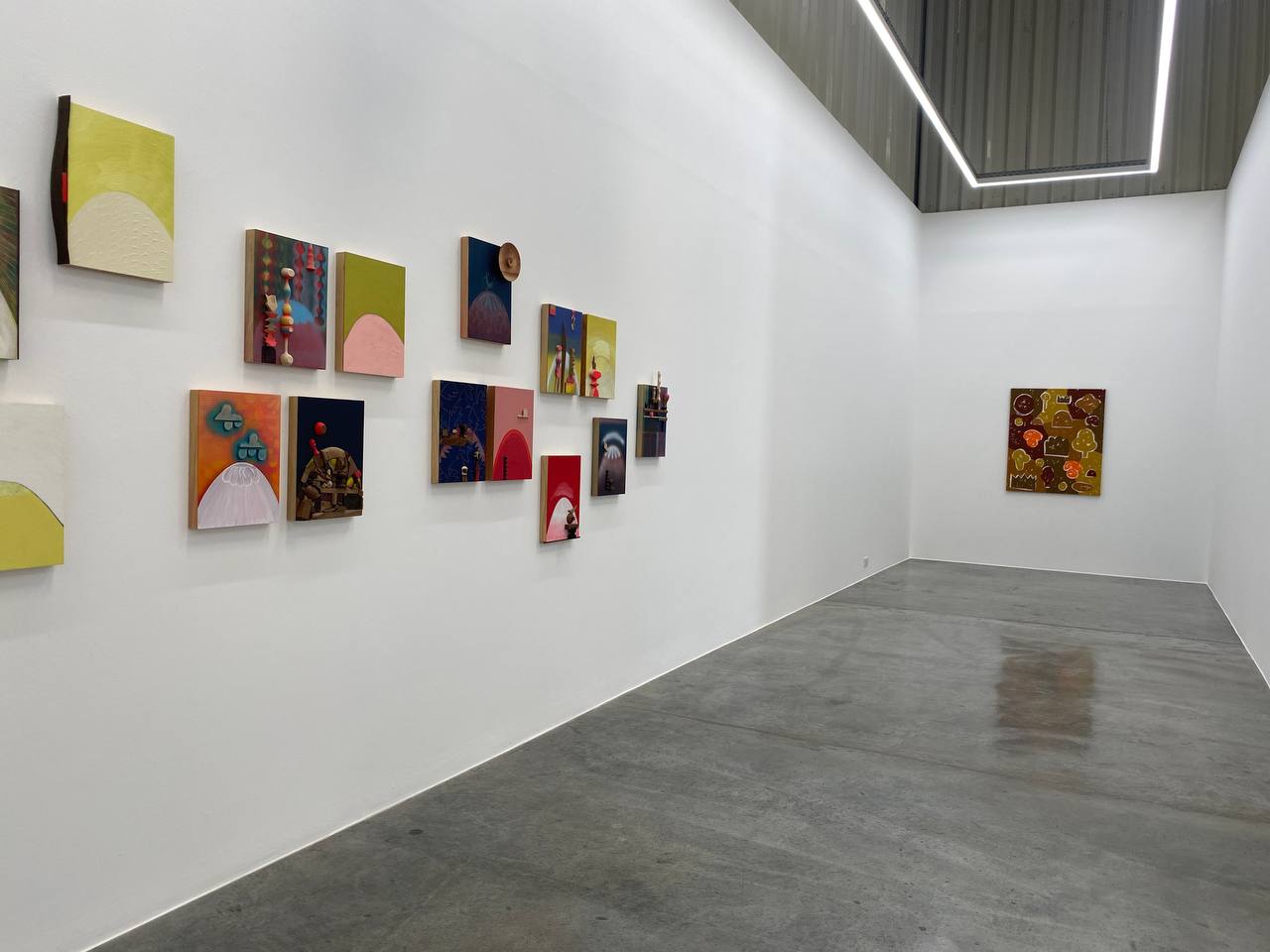
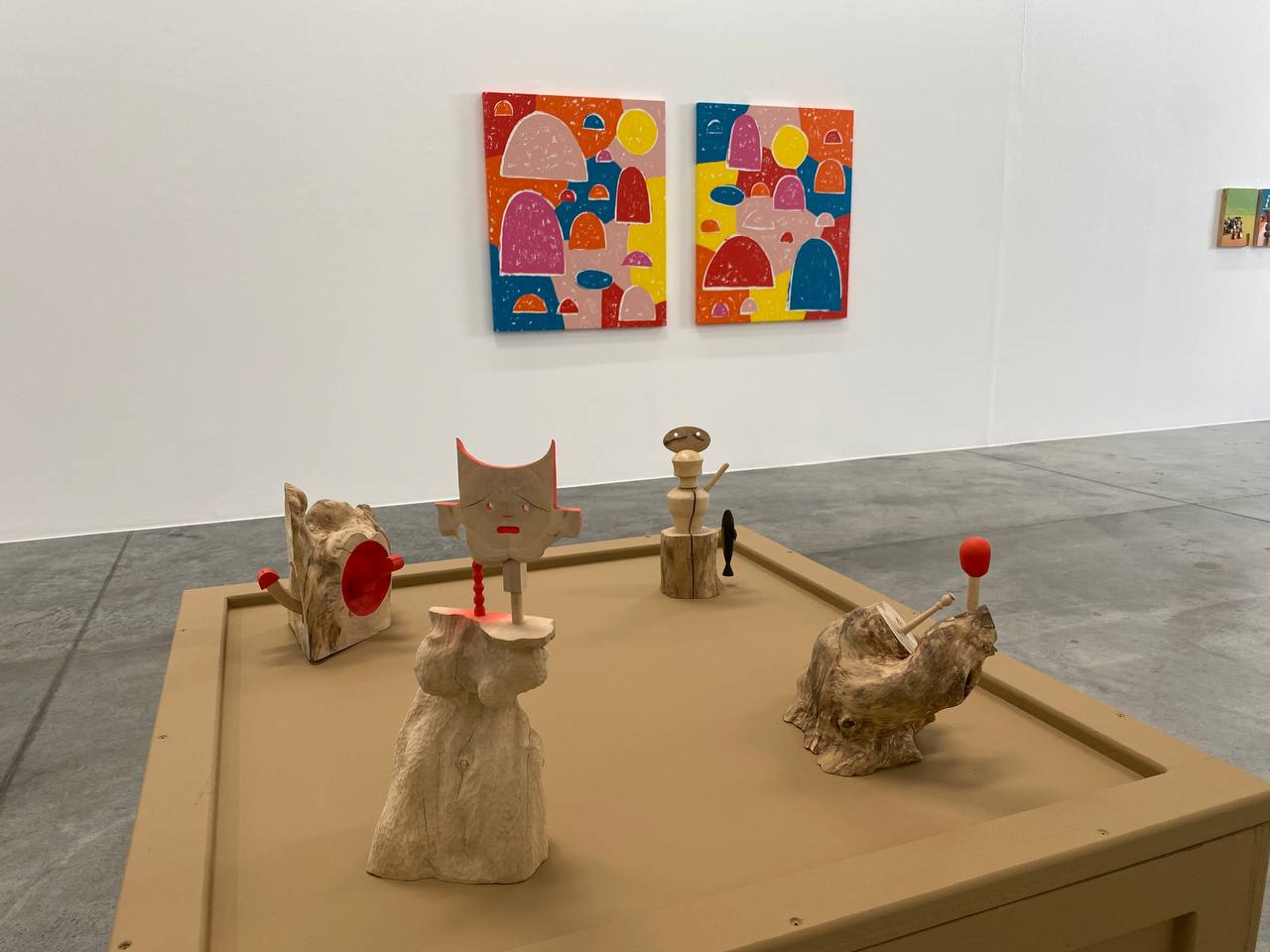
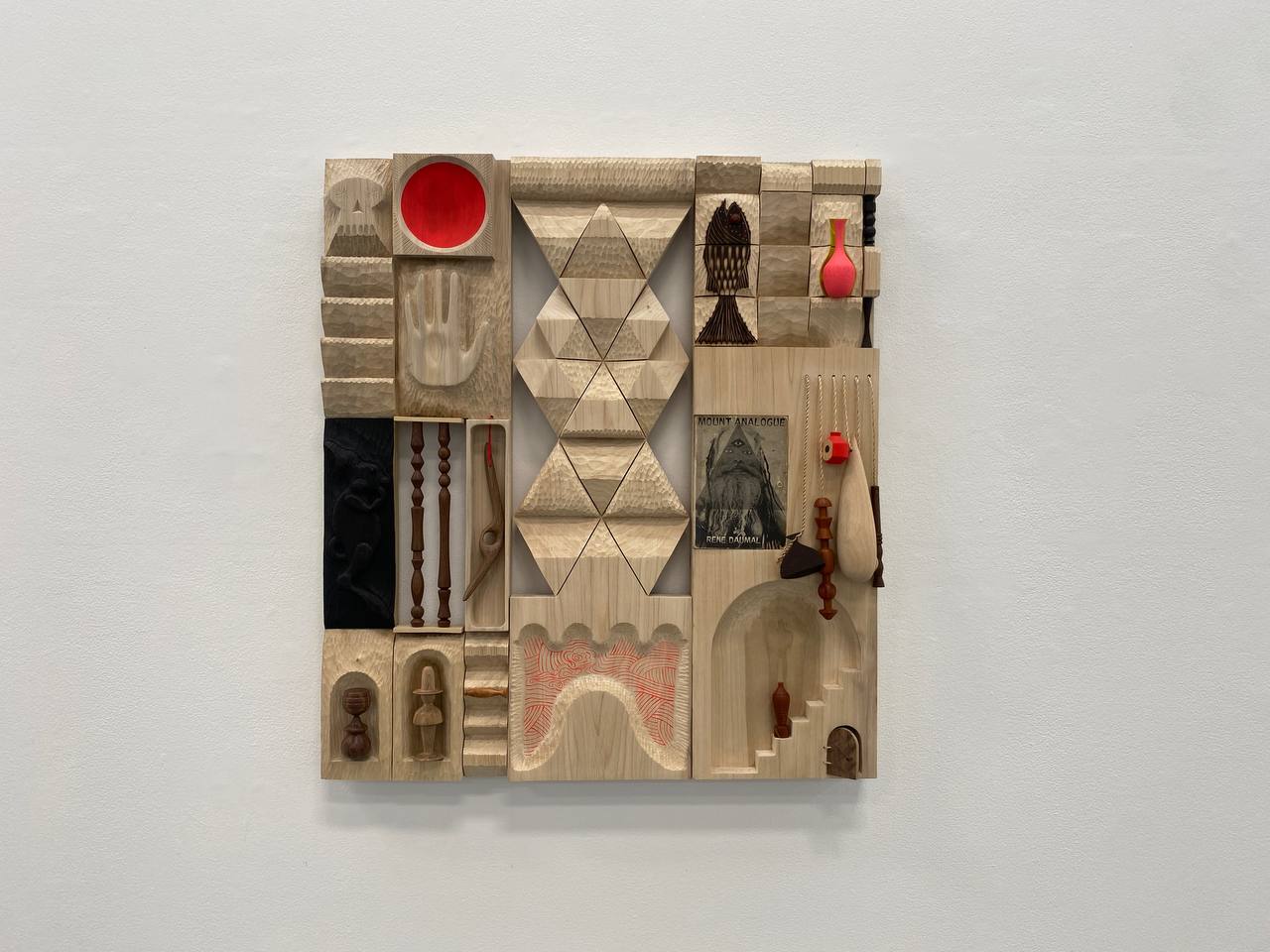

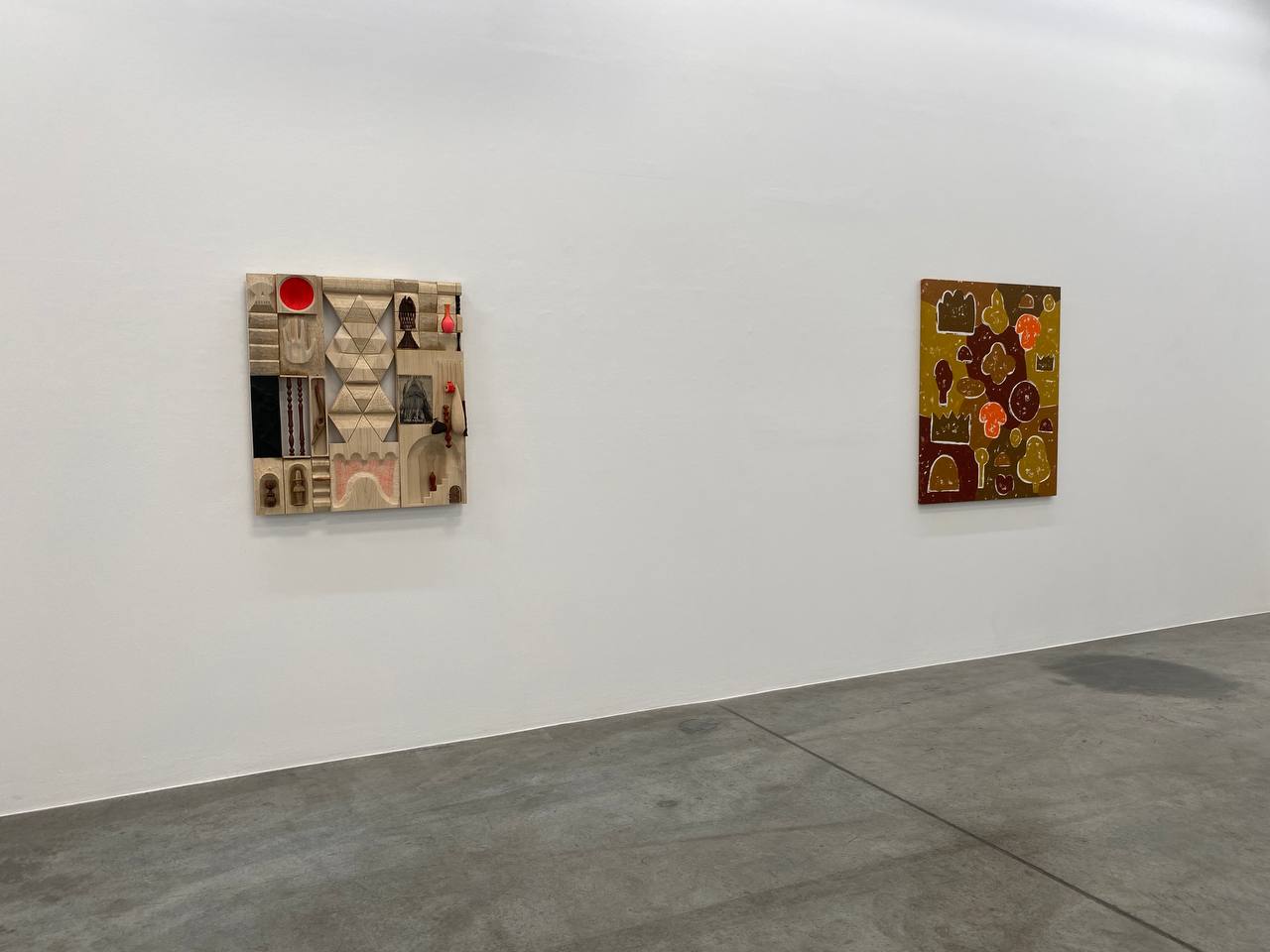
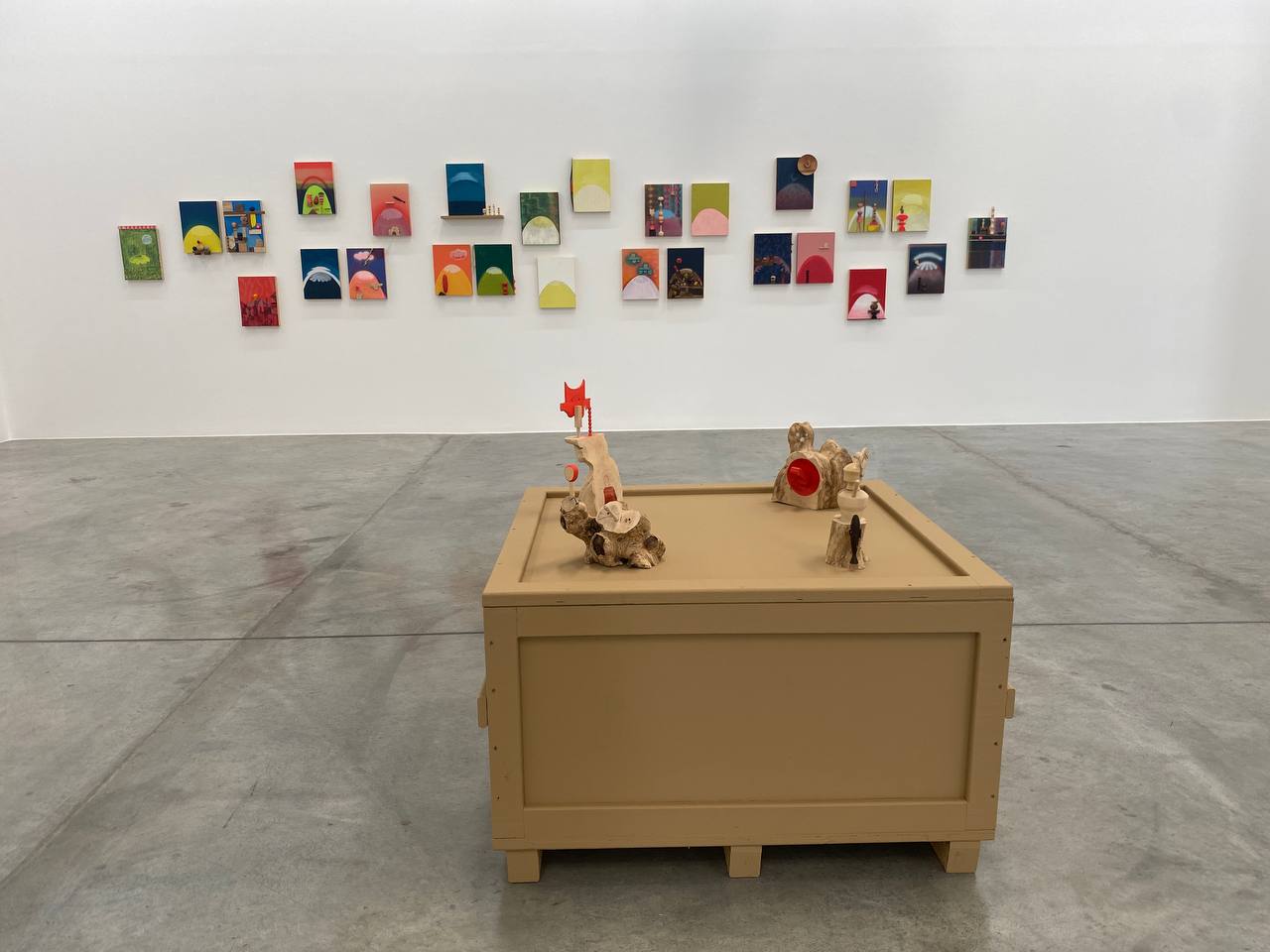
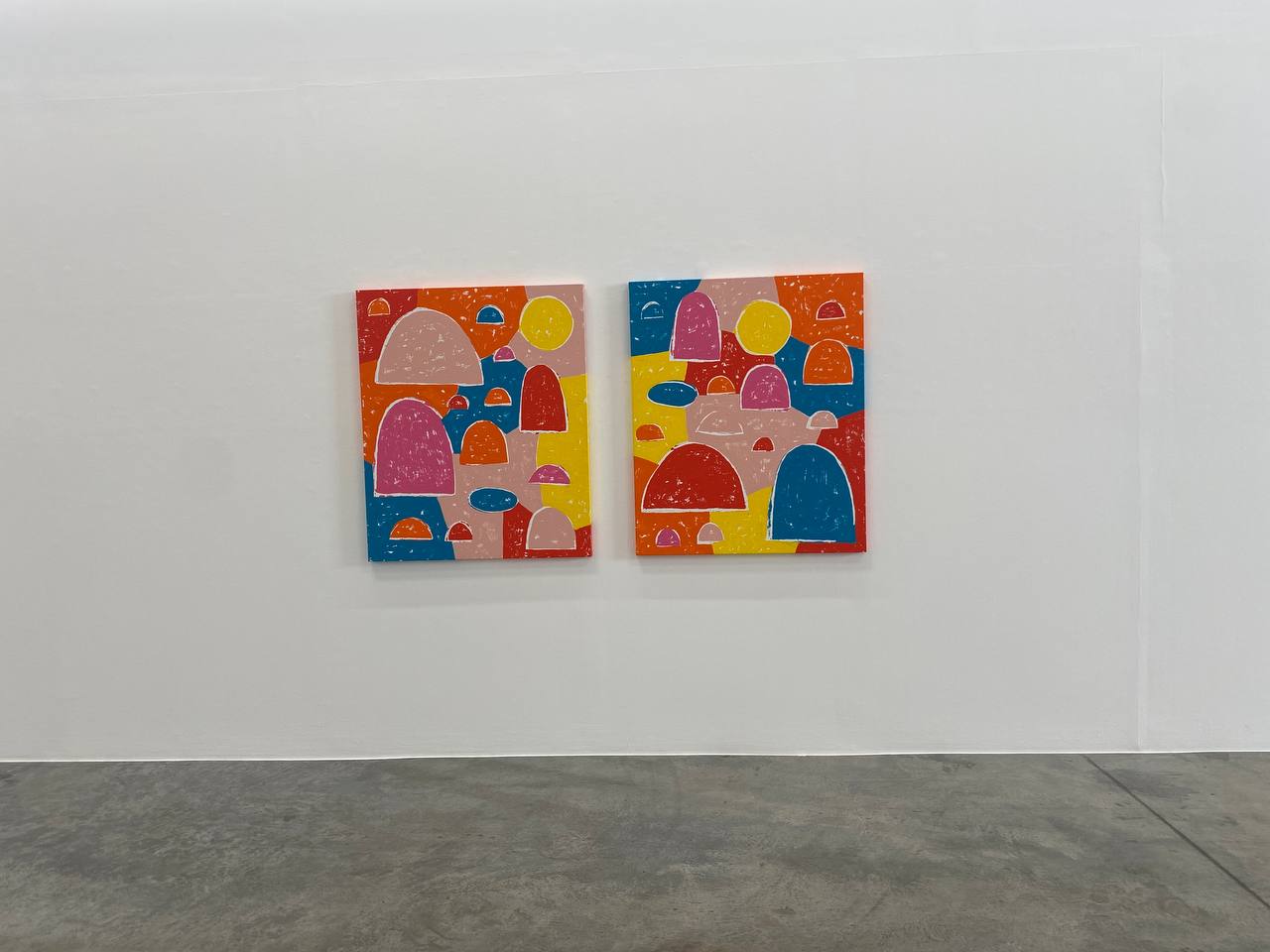


LEAVE A RELPY